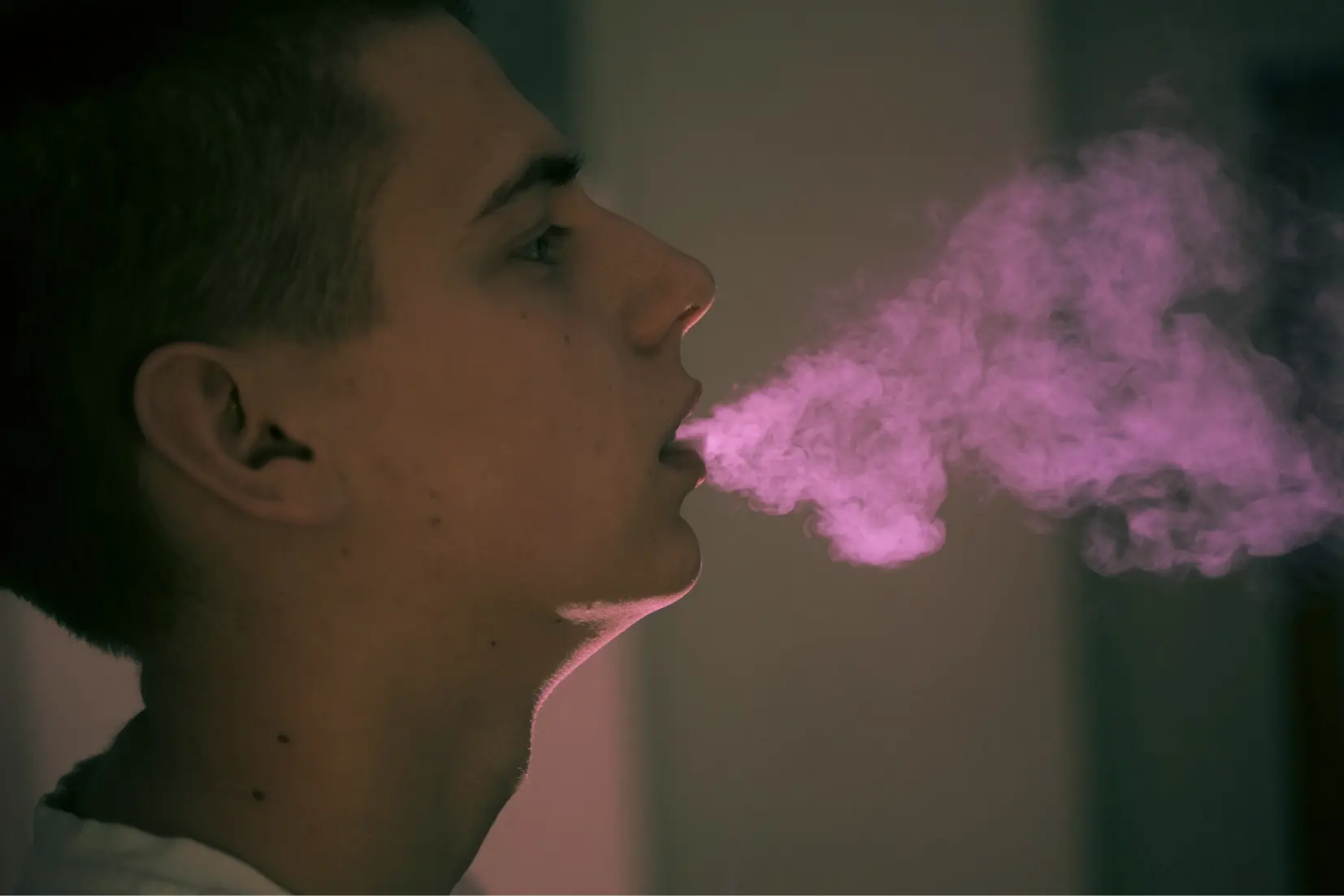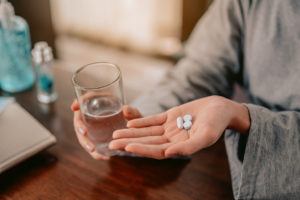Substance use in teens is a prevalent problem that worries every American parent. A recent survey commissioned by the National Institute on Drug Abuse show in 2021, 32% of 12 graders and 19% of 10th graders said they used illicit drugs in the past year. Another 10% of 8th graders admitted to using illicit drugs in the past year. Teens have the potential to abuse illicit drugs and prescription drugs, depending of access.
Teen drug use can affect their growth and development and trigger risky behavior such as unprotected sex and dangerous driving. Substance use disorder can also contribute to adult health issues like sleep disorders, high blood pressure, and heart disease.
As a parent or guardian, it is crucial to understand the signs of drug abuse and how to address them. This blog discusses signs of drug use in teens and the treatment.
Warning signs of drug use in teens
The following are some of the warning signs a teen is using drugs:
Changes in normal habits
Changing a teen’s regular habits can be one of the first red flags. However, these changes are easy to dismiss because they seem like isolated events. Some of the specific changes that could indicate teen substance abuse:
- Sudden lack of appetite
- Alternatively, new cravings and increased appetite
- Poor graders
- Change in the friend group. One may notice the teen is no longer spending time with people they were close to
- Complaints from teachers of unbecoming behavior in class.
Changes in mood and behavior
One of the primary signs of drug use in teens is mood change. Mood swings are normal with teens owing to the changing hormones related to adolescence. However, if changes in behavior or appearance accompany these mood swings, it could be a sign of drug abuse.
The National Institute on Drug Abuse reveals that a teen developing a substance use problem may suddenly become irritable, depressed, tired, or violent. They can experience a change in temperament without any specific justification.
Some of the specific behavioral changes that accompany mood swings include:
- Hyperactive or unusually elated
- Breaking rules
- Lose interest in activities they once loved
- Dropping old friends for new ones
- Acting despondent
Secretive behaviors
If an extrovert teen suddenly becomes more withdrawn and introverted, it could be a sign of developing substance use behavior. Some of the secretive behaviors to worry about include:
- Unexplained disappearance for long periods
- Locking doors
- Avoiding eye contact
- Stealing
- Missing classes, work, or extracurricular activities
- Hiding Objects such as drug paraphernalia
Physical changes
Another critical sign of teenage drug abuse is physical changes. A parent may notice changes such as sudden weight loss or weight gain, a running nose, nose bleeding, and dilated or pinpoint pupils. The American Addiction Centers also reveals one may notice repeated skin picking and scratch attributed to withdrawal from certain drugs such as amphetamines.
Other physical signs to watch out for include:
- Poor hygiene, especially dental care
- Paranoia, anxiety, and fidgeting
- Shaking hands or cold sweaty palms
- Puffy swollen face
- Difficulty in staying focused on a task
- Small track marks on arms or legs. The teen may wear long sleeves even in warm weather to conceal the marks.
Risk factors of teen drug use
Although drug abuse poses risks among all American teens, some teenagers are more at risk for drug use than others. The following are some of the common risk factors of teen drug use.
- Environment: Teens who frequent places where drug use occurs are at a higher risk for abusing drugs themselves. Spending time with friends who use drugs may tempt the teen to use the drug due to peer pressure. Another place where teens can observe drug use is in their homes. Teens are still developing and may often mimic the behaviors of the adult members of the family.
- Family history: Addiction issues tend to run in families. Addiction is a disease, and teenagers with a family history of substance use are more at risk for teen drug addiction. Specifically, teens with a genetic predisposition for substance abuse are more at risk.
- Age: Teenagers’ brains are still in the development stage. They learn and adapt to new changes in their surrounding quickly. Generally, substance tolerance tends to develop more rapidly in teens than in the older population. Once the brain adapts to the presence of a substance, cravings will increase, resulting in more abuse and, ultimately, an addiction.
- Trauma: Teens exposed to trauma go through myriads of complex emotions. Most teens go through challenges processing these emotions. If they don’t receive help, they will likely turn to substance abuse as an escape route.
How to seek treatment
There are several teen addiction treatment programs to help teens with substance abuse problems. These include:
Cognitive behavioral therapy (CBT): CBT is a behavioral therapy that focuses on addiction’s impact on the young mind and development. The treatment equips the patients with skills to identify abnormalities in thoughts or feelings related to substance abuse. They are taught how to identify high-risk situations and ways to cope using problem-solving and self-control skills.
Contingency Management (CM): CM is a type of addiction treatment that fosters positive behaviors through timely, practical reinforcements. The approach is designed to help teens create goals and give them incentives to realize those goals. Contingency management treatment substitutes “rewards” a patient usually feels from drug use with rewards for abstinence.
Motivational Enhancement Therapy (MET): Teens and young adults often frown upon entering drug treatment. MET can be an effective alternative to in-patient treatment programs. The therapy assesses a patient’s willingness to get better and ways to help them see the benefits of pursuing treatment. Remember that MET works best when combined with other types of addiction treatment.
12-step facilitation therapy: The Twelve-Step Facilitation Therapy is premised on the idea that people can help one another to achieve and maintain abstinence from the substance use they are addicted to. The therapy help teens struggling with addiction acquire new coping skills and feel the support and acceptance of a loving community. The approach encourages an effective transition into sobriety and long-term recovery from addiction.
Start your Journey to Freedom at Bellagio RTC today
Parents and guardians play a critical role in their children’s lives. As the children enter teenage age, most parents worry about substance use such as alcohol, marijuana, tobacco, and other drugs. Parents must learn to identify signs of drug use in teens so they seek effective treatments to help their teens regain sobriety. It is essential for parents to seek help to address their teen’s addiction and mental health issues.
At Bellagio Treatment Center, we understand that each affected teen experiences substance use differently. Besides, their triggers, environments, and social lifestyles are diverse. We provide numerous tailor-made substance abuse treatments to address teen drug abuse issues specific to each teen. Our programs are designed to equip teens with the proper drug education, coping skills, and therapeutic services they need for a successful recovery.
Our facility is located in a residential home to allow patients experience intimate personal care. This setting is designed to help them with their journey to recovery.
Contact us today to learn more about our program and how we can help.




